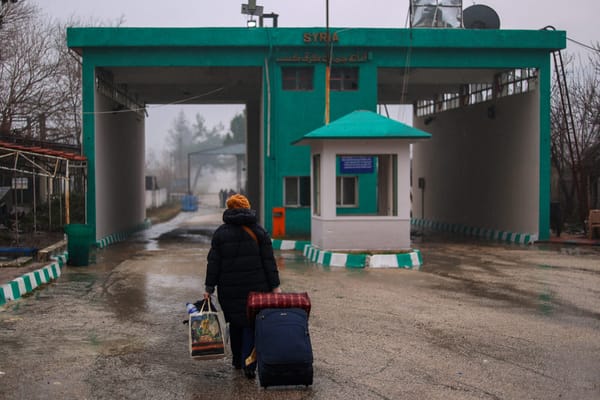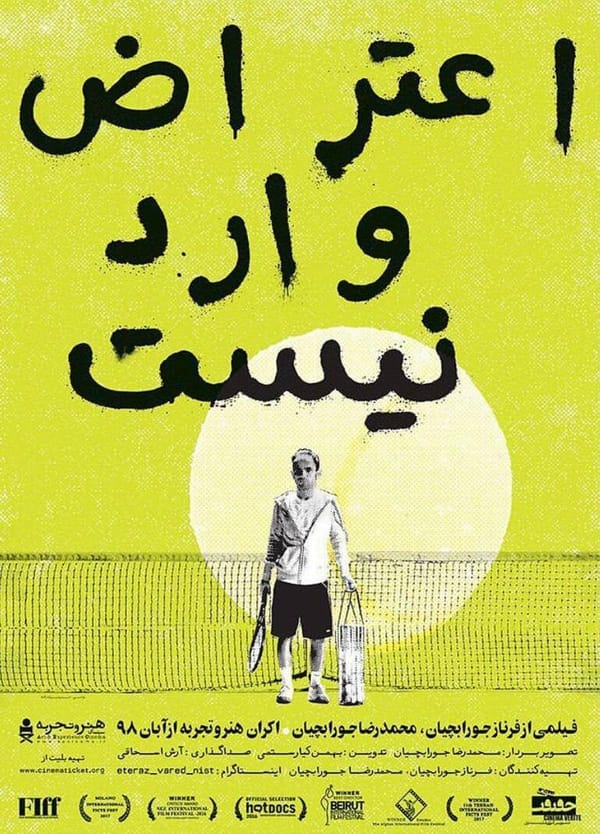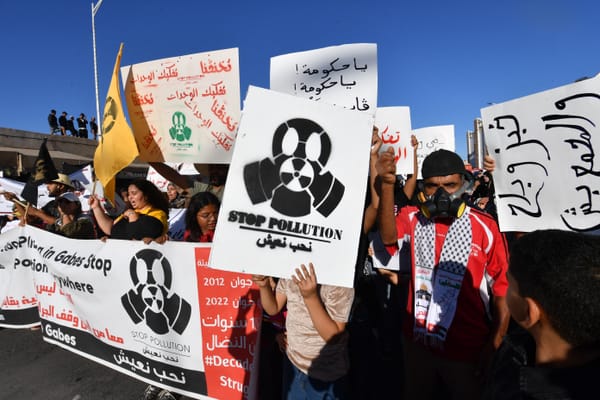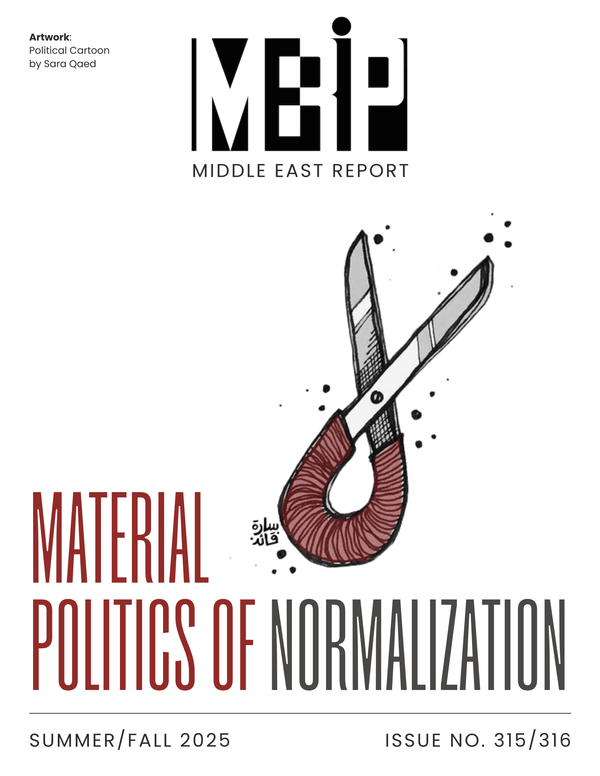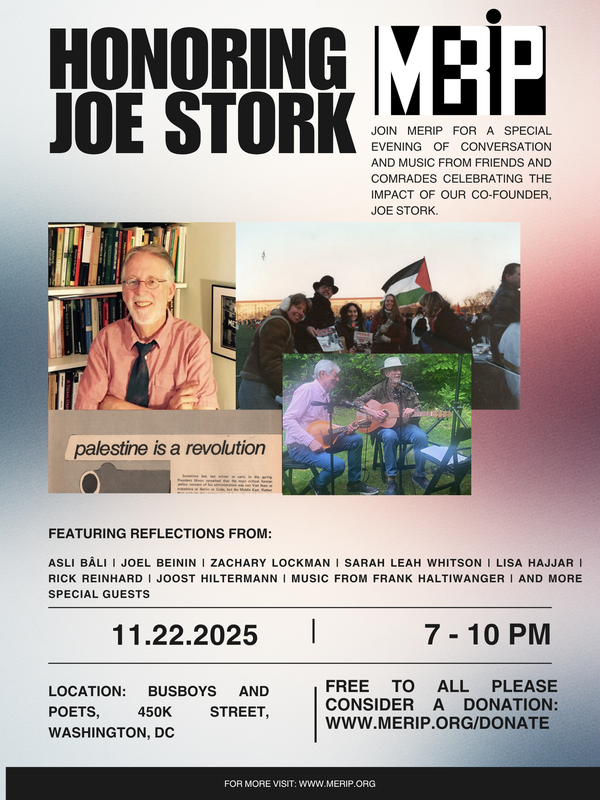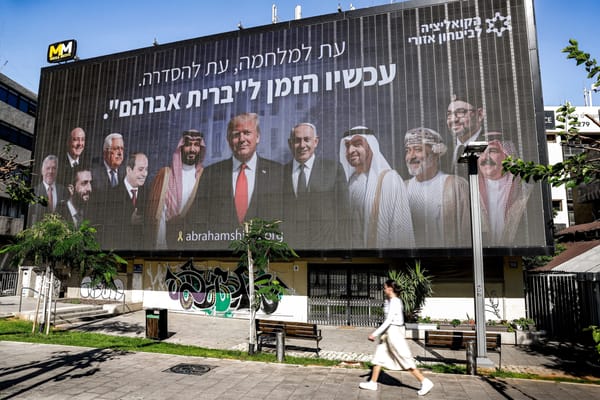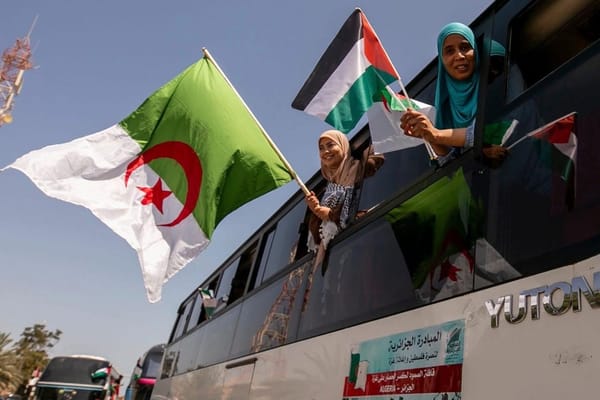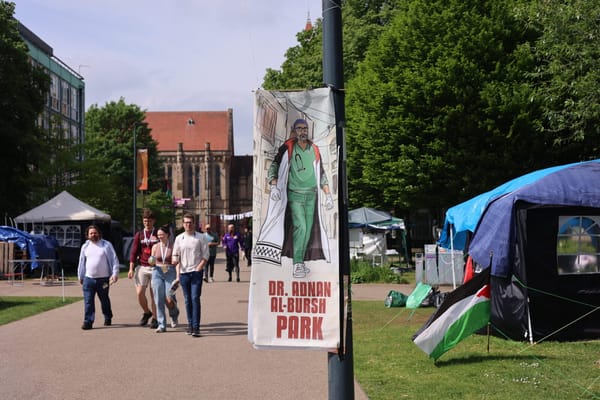Parsa, Social Origins of the Iranian Revolution
Misagh Parsa, Social Origins of the Iranian Revolution (Rutgers, 1989). Misagh Parsa’s work successfully lays out the essential factors behind the Iranian revolution and the subsequent triumph of the clergy in establishing a consolidated Islamic state. His text provides a sharp analysis of the soci

